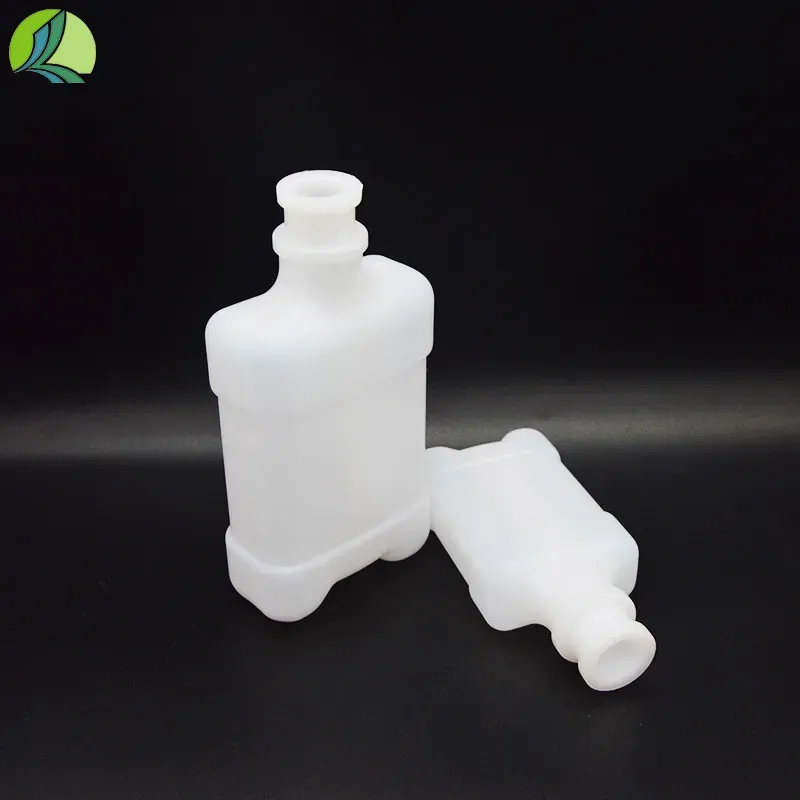
-
 Afrikaans
Afrikaans -
 Albanian
Albanian -
 Amharic
Amharic -
 Arabic
Arabic -
 Armenian
Armenian -
 Azerbaijani
Azerbaijani -
 Basque
Basque -
 Belarusian
Belarusian -
 Bengali
Bengali -
 Bosnian
Bosnian -
 Bulgarian
Bulgarian -
 Catalan
Catalan -
 Cebuano
Cebuano -
 Corsican
Corsican -
 Croatian
Croatian -
 Czech
Czech -
 Danish
Danish -
 Dutch
Dutch -
 English
English -
 Esperanto
Esperanto -
 Estonian
Estonian -
 Finnish
Finnish -
 French
French -
 Frisian
Frisian -
 Galician
Galician -
 Georgian
Georgian -
 German
German -
 Greek
Greek -
 Gujarati
Gujarati -
 Haitian Creole
Haitian Creole -
 hausa
hausa -
 hawaiian
hawaiian -
 Hebrew
Hebrew -
 Hindi
Hindi -
 Miao
Miao -
 Hungarian
Hungarian -
 Icelandic
Icelandic -
 igbo
igbo -
 Indonesian
Indonesian -
 irish
irish -
 Italian
Italian -
 Japanese
Japanese -
 Javanese
Javanese -
 Kannada
Kannada -
 kazakh
kazakh -
 Khmer
Khmer -
 Rwandese
Rwandese -
 Korean
Korean -
 Kurdish
Kurdish -
 Kyrgyz
Kyrgyz -
 Lao
Lao -
 Latin
Latin -
 Latvian
Latvian -
 Lithuanian
Lithuanian -
 Luxembourgish
Luxembourgish -
 Macedonian
Macedonian -
 Malgashi
Malgashi -
 Malay
Malay -
 Malayalam
Malayalam -
 Maltese
Maltese -
 Maori
Maori -
 Marathi
Marathi -
 Mongolian
Mongolian -
 Myanmar
Myanmar -
 Nepali
Nepali -
 Norwegian
Norwegian -
 Norwegian
Norwegian -
 Occitan
Occitan -
 Pashto
Pashto -
 Persian
Persian -
 Polish
Polish -
 Portuguese
Portuguese -
 Punjabi
Punjabi -
 Romanian
Romanian -
 Russian
Russian -
 Samoan
Samoan -
 Scottish Gaelic
Scottish Gaelic -
 Serbian
Serbian -
 Sesotho
Sesotho -
 Shona
Shona -
 Sindhi
Sindhi -
 Sinhala
Sinhala -
 Slovak
Slovak -
 Slovenian
Slovenian -
 Somali
Somali -
 Spanish
Spanish -
 Sundanese
Sundanese -
 Swahili
Swahili -
 Swedish
Swedish -
 Tagalog
Tagalog -
 Tajik
Tajik -
 Tamil
Tamil -
 Tatar
Tatar -
 Telugu
Telugu -
 Thai
Thai -
 Turkish
Turkish -
 Turkmen
Turkmen -
 Ukrainian
Ukrainian -
 Urdu
Urdu -
 Uighur
Uighur -
 Uzbek
Uzbek -
 Vietnamese
Vietnamese -
 Welsh
Welsh -
 Bantu
Bantu -
 Yiddish
Yiddish -
 Yoruba
Yoruba -
 Zulu
Zulu
petri dish used in chemistry lab
The Role of Petri Dishes in Chemistry Laboratories
Petri dishes, often recognized as simple laboratory apparatus, play a crucial role in the field of chemistry and other scientific disciplines. These shallow, cylindrical dishes, typically made of glass or clear plastic, are named after the German bacteriologist Julius Richard Petri, who invented them in the late 19th century. Although primarily associated with microbiology for culturing bacteria and fungi, their applications in chemistry laboratories are equally significant.
The Role of Petri Dishes in Chemistry Laboratories
Moreover, Petri dishes are instrumental in performing thin-layer chromatography (TLC), a technique used to separate non-volatile mixtures. In TLC, a thin layer of stationary phase is spread over the surface of a Petri dish, providing a flat and even surface for the separation process. The dish facilitates the movement of solvents and analytes, allowing researchers to identify compounds based on their differing rates of movement across the stationary phase. This technique is widely used in organic chemistry, particularly for analyzing complex mixtures.
petri dish used in chemistry lab

In addition, Petri dishes are valuable for conducting experiments involving crystallization. Chemists can create supersaturated solutions and allow them to crystallize within the confines of the dish, which is ideal for observing the growth and morphology of crystals. The circular shape of the Petri dish helps to maintain a consistent environment for the crystallization process, making it easier to draw conclusions about the properties of various compounds.
Finally, Petri dishes can also be employed in educational settings. Chemistry students often use them for laboratory exercises where they experiment with different reagents and observe the outcomes. This hands-on experience encourages a deeper understanding of chemical principles and the scientific method.
In summary, while Petri dishes are often linked to microbiological applications, their impact on chemistry cannot be overstated. These simple yet effective tools enable chemists to visualize reactions, conduct separations, and study crystallization processes. Their versatility and practicality make them indispensable in laboratories, ensuring that the exploration of chemical phenomena continues to advance. As technology evolves, the role of Petri dishes is likely to expand, reinforcing their place as fundamental equipment in scientific inquiry.
-
Premium 200ml Medicine Bottles – Leakproof Dropper & Spray Options at Best PriceNewsJul.05,2025
-
PTFE Centrifuge Tubes - Chemical Resistant, Leak-proof, Ideal for Laboratory UseNewsJul.05,2025
-
Premium Metal Dropper Bottle for Precise Dispensing 250ml & 1ml Options AvailableNewsJul.04,2025
-
20 ml Headspace Vials - High Quality Polyethylene & Plastic Vials for Lab UseNewsJul.04,2025
-
Small Bottle with Pipette - Precise Dispensing 100ml Pipette Bottles for Essential Oils & Lab UseNewsJun.24,2025
-
Acetic Anhydride Bottle for Accurate Dropper Measurement in Pharmacy Use High-Quality Dropper BottlesNewsJun.10,2025






















